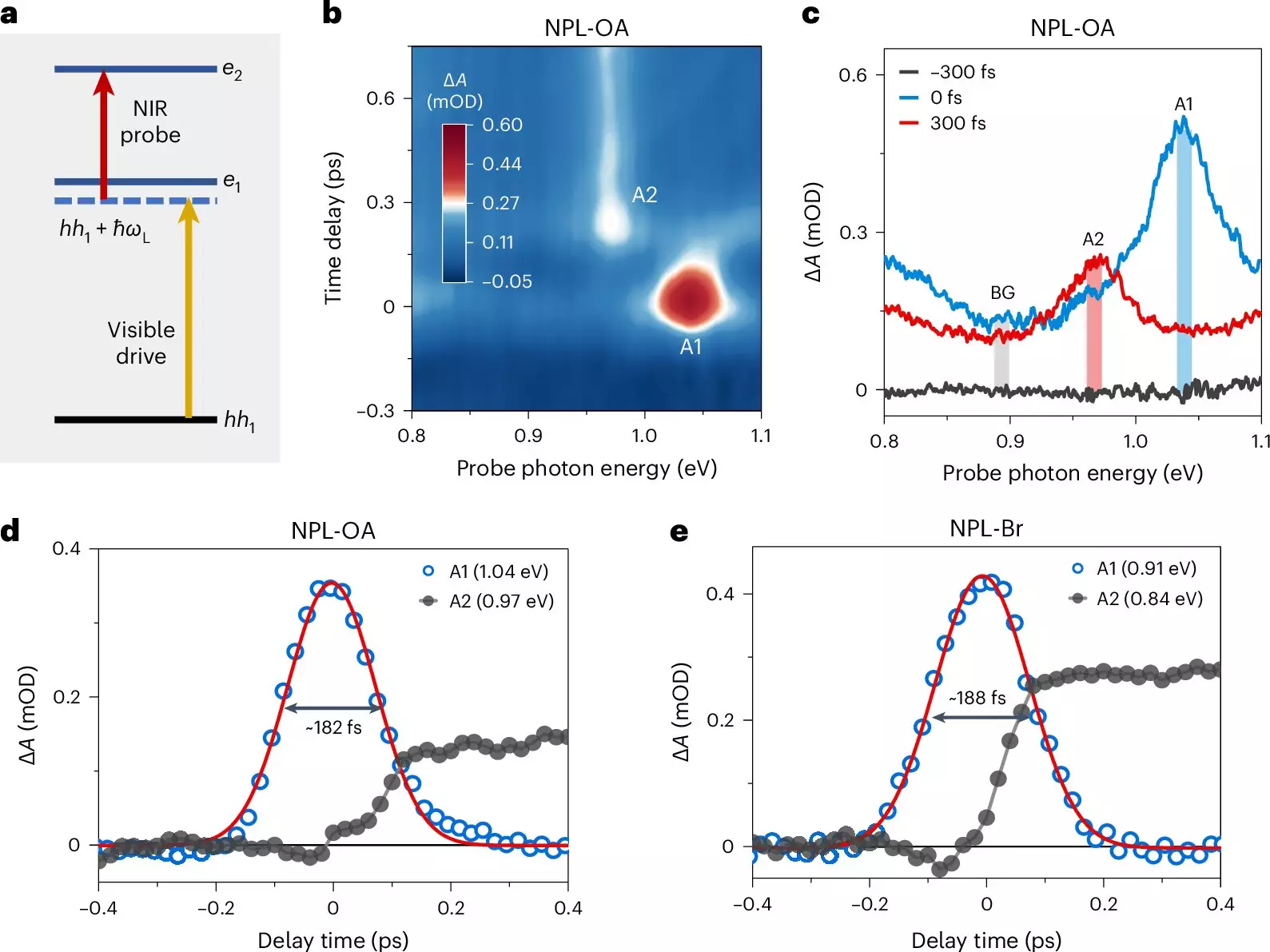Quantum mechanics, the intricate branch of physics that examines the behavior of matter and energy at minute scales, has long captivated scientists with its complexities and marvels. Among the exciting advancements in this field are solution-processed semiconductor nanocrystals, commonly known as colloidal quantum dots (QDs). This article explores the significance of QDs and recent breakthroughs in direct observations of Floquet states, unveiling their potential applications in modern technology.
Colloidal quantum dots are nanoscale semiconductor materials that exhibit unique optical and electronic properties due to their size-dependent quantum effects. These quantum dots display distinct colors based on their size, allowing for visible, ambient-condition observations of quantum phenomena. This aspect of QDs is intricate; while the quantum size effect had been theorized, actual physical manifestations were elusive until the advent of these nanocrystals. This fundamental property places QDs at the forefront of nanotechnology research, particularly in applications involving light and energy management.
Floquet States: The Link Between Light and Matter
At the heart of many quantum phenomena involving QDs is the concept of Floquet states, which describe a particular interaction between light fields and matter. These states arise when matter interacts coherently with an external periodic field, allowing for time-periodic solutions to the Schrödinger equation. However, until recently, direct experimental evidence of these states posed a formidable challenge, as previous studies relied heavily on controlled environments—typically low-temperature and high-vacuum setups. Notably, research had only produced indirect indications of Floquet states, primarily in materials like black phosphorus, subjected to advanced spectroscopic techniques.
The advancing frontier of QD research took a giant leap forward when Professor Wu Kaifeng and his team from the Dalian Institute of Chemical Physics made a significant discovery. They successfully observed Floquet states in semiconductors using all-optical spectroscopy under normal ambient conditions, a groundbreaking achievement that marks a departure from traditional experimental constraints. By leveraging quasi-two-dimensional colloidal nanoplatelets, the researchers could exploit the phenomena of strong quantum confinement effects, leading to observable transitions in the visible to near-infrared light spectrum.
This progression from theoretical speculation to tangible observation is not only exciting but reveals a deeper understanding of electronic transitions within the nanocrystals. During their experiments, the team identified that a sub-bandgap visible photon can interact with the heavy-hole state of the QDs, resulting in the formation of a Floquet state. Such findings have expansive implications for observing quantum behaviors in various semiconductor materials.
One of the noteworthy aspects of this research is its potential to enhance our understanding of coherent control in condensed matter systems. The ability to directly observe Floquet states under non-restrictive conditions paves the way for practical applications in quantum technology, particularly in manipulating electronic properties dynamically. Prof. Wu highlighted how their findings provide the foundation for harnessing these states to control optical responses and coherent evolution—an area ripe for exploration, especially in advancing technologies related to photonics and optoelectronics.
Moreover, since the techniques employed in this research can function under everyday conditions, they open the door to broader applications beyond conventional solid-state materials. The potential for using non-resonant light fields to control chemical reactions at surfaces and interfaces could revolutionize processes in catalysis and materials science, fostering new pathways for both fundamental and applied research.
The exploration of Floquet states within semiconductor materials signifies a monumental step in quantum physics and materials science. Through the work of Prof. Wu and his colleagues, a novel method has been established that not only confirms long-held theories but also transitions them into practical observation. As researchers continue to delve into the properties and applications of colloidal quantum dots, we may witness an era marked by dynamic control over light-matter interactions—a promising horizon for both modern technology and theoretical physics.

